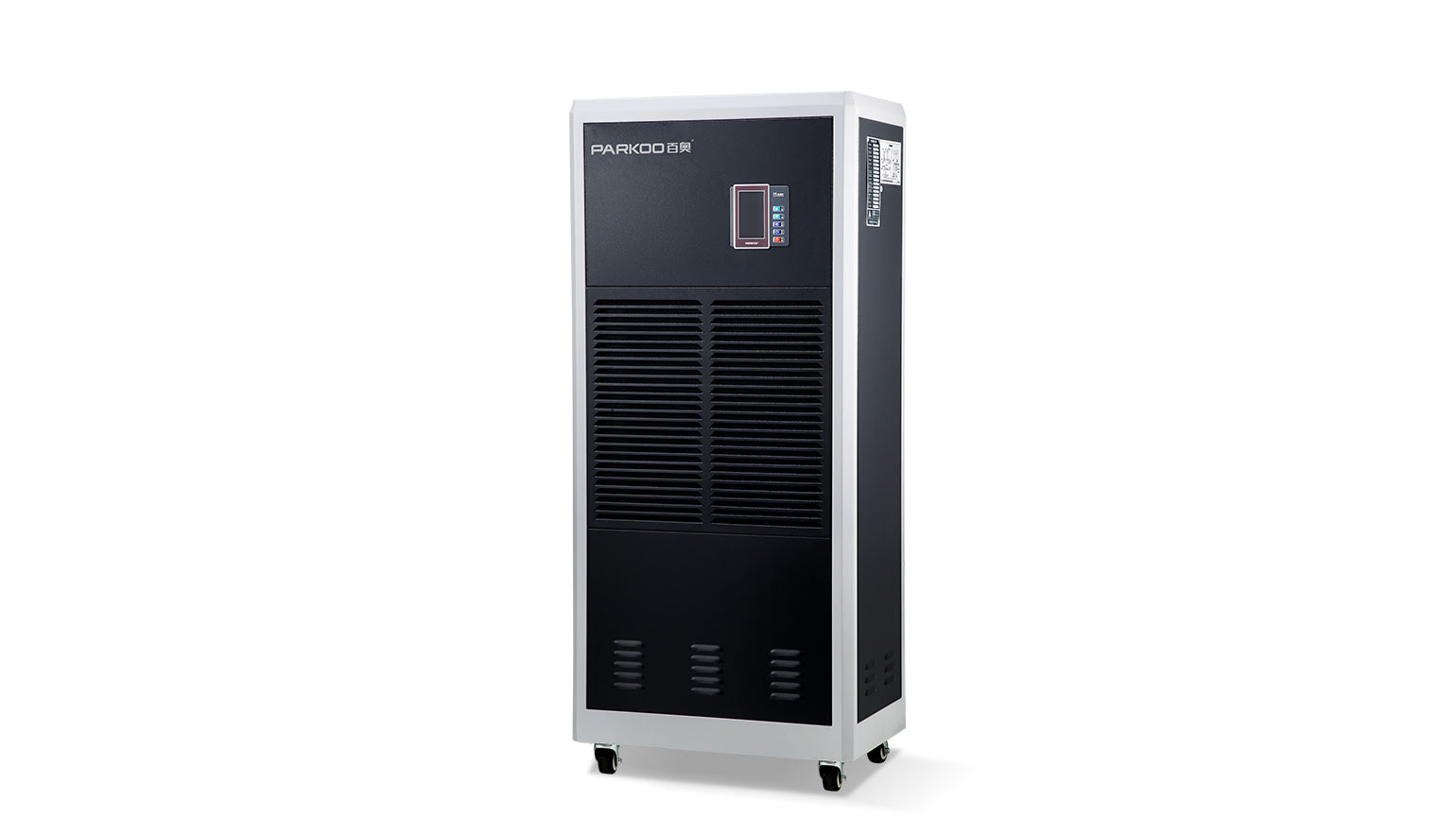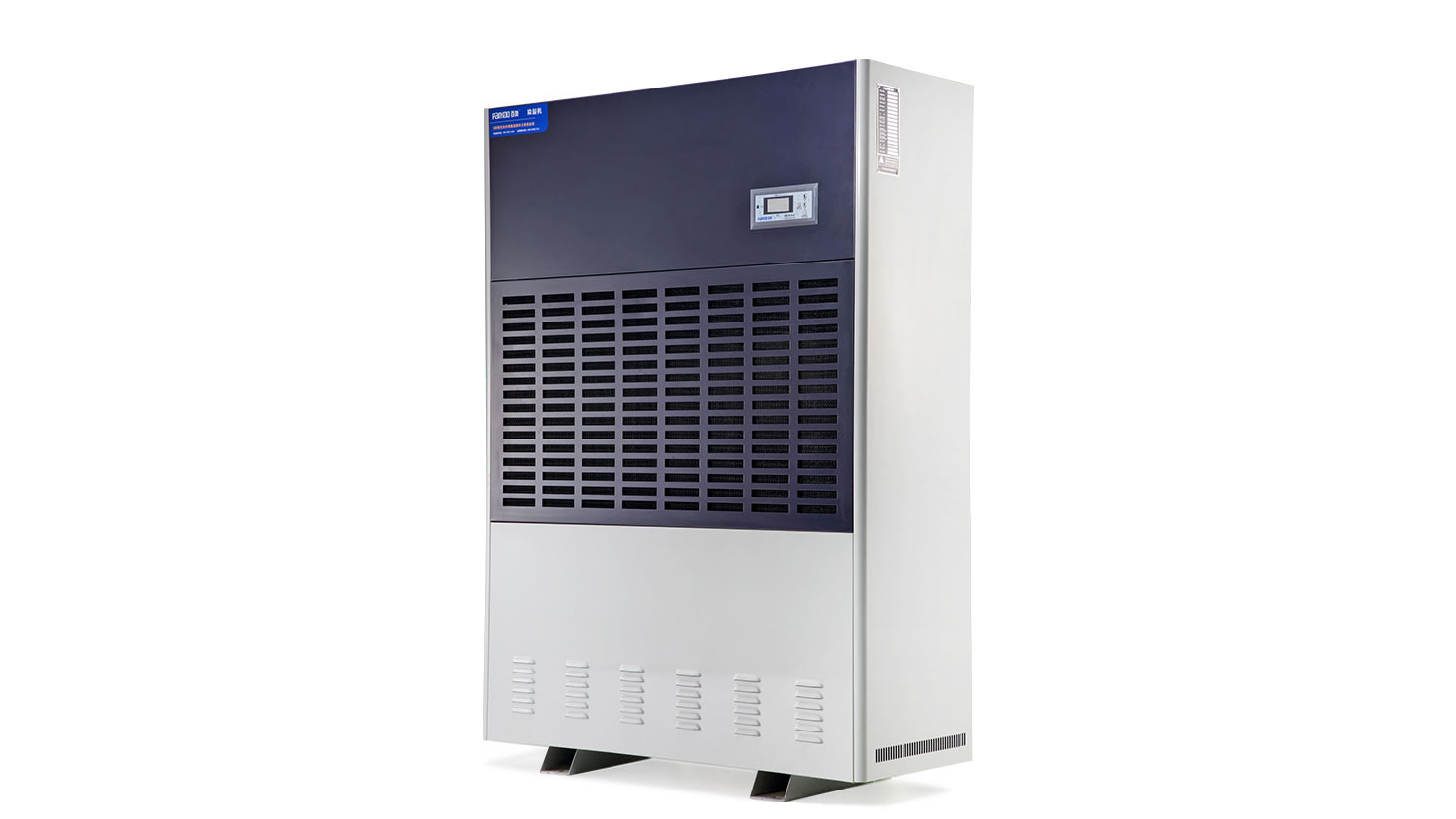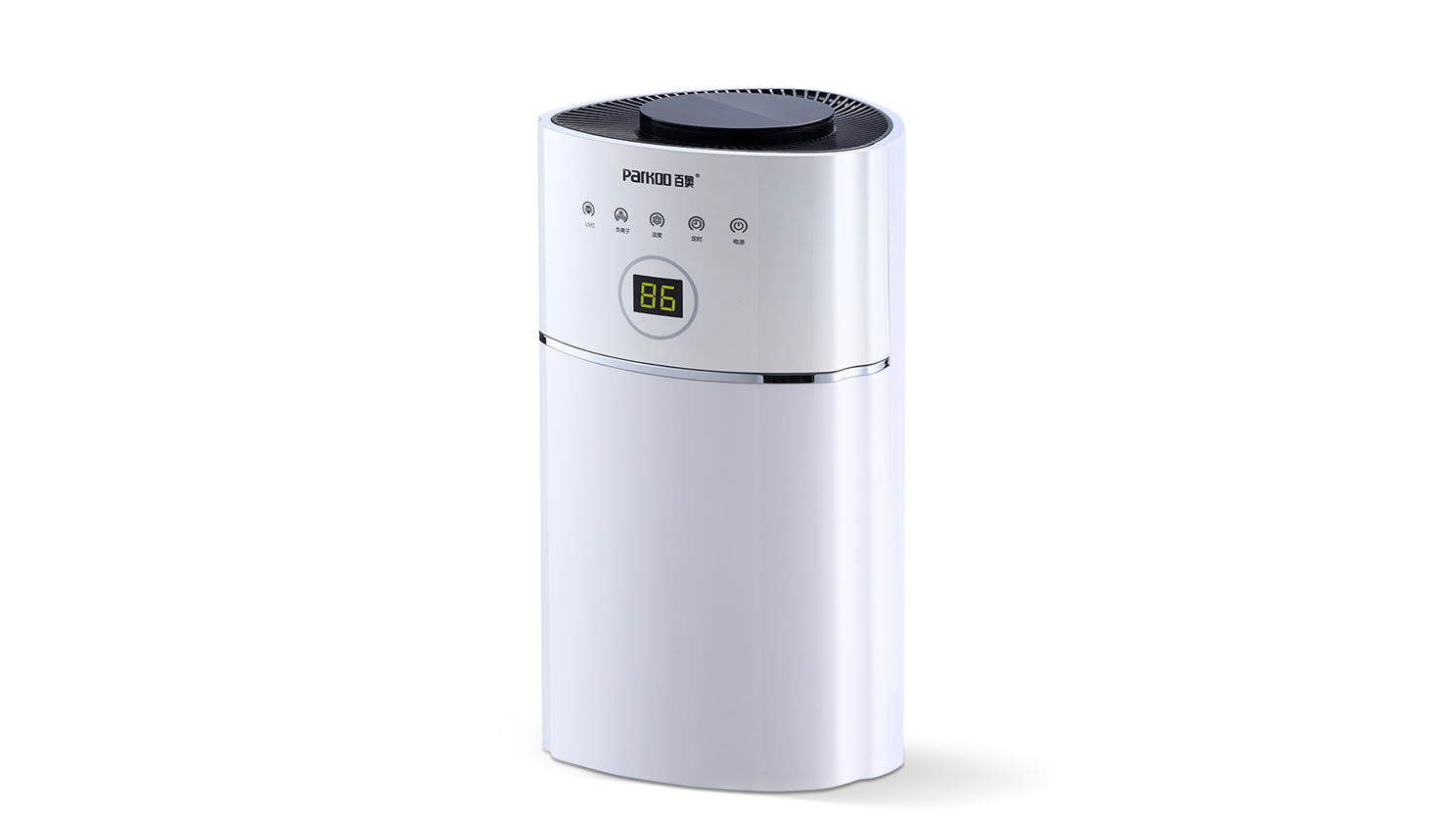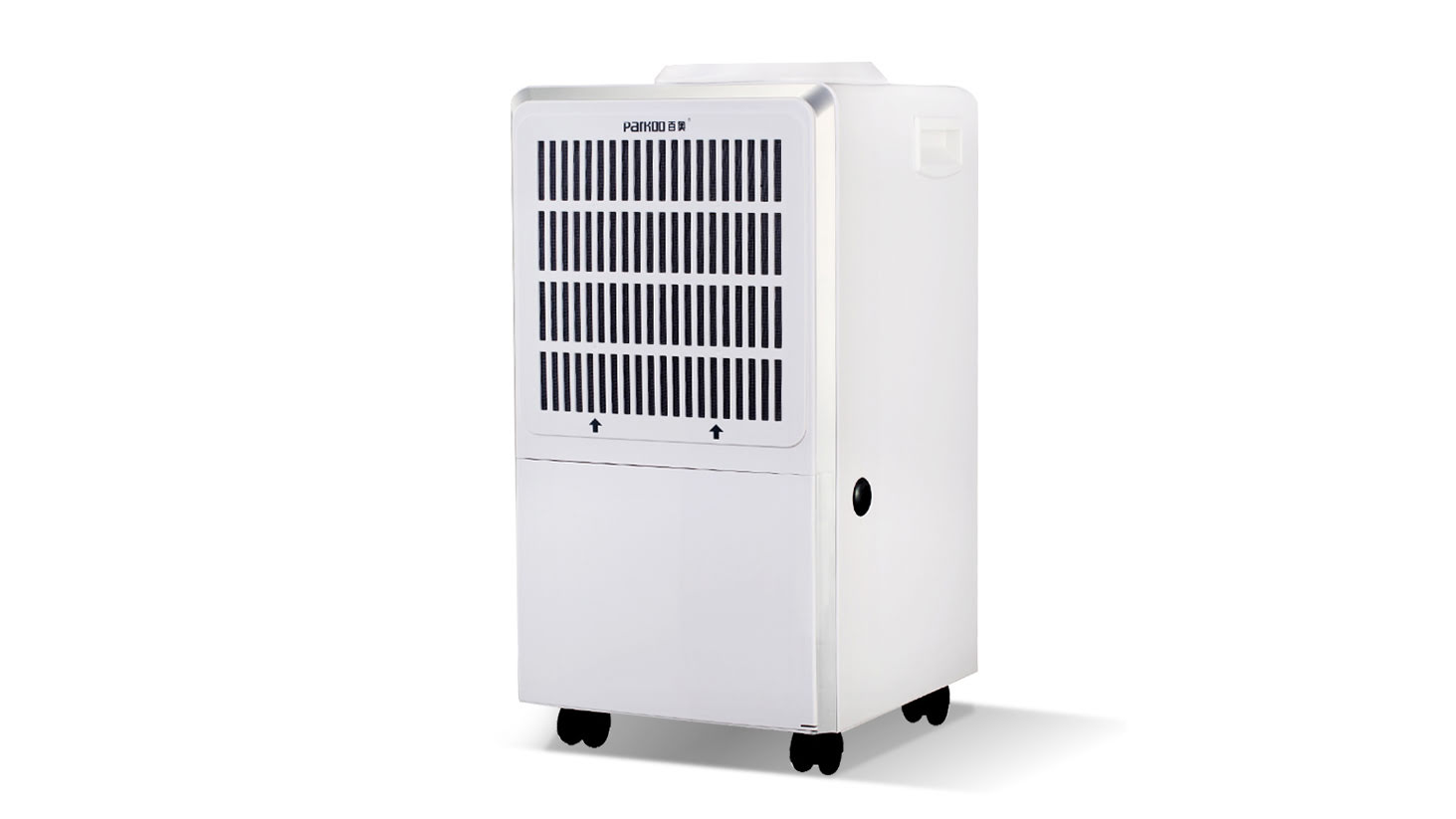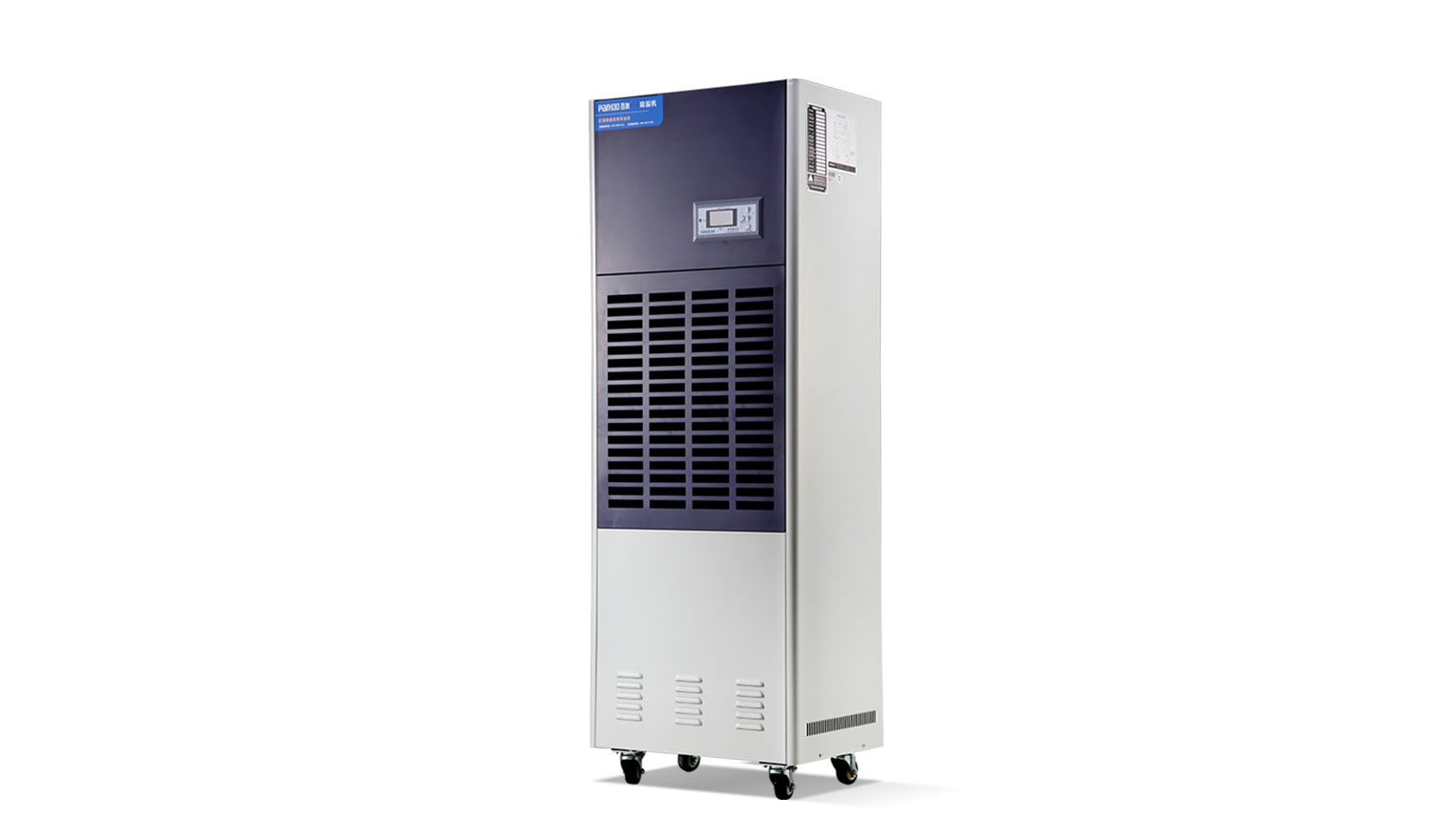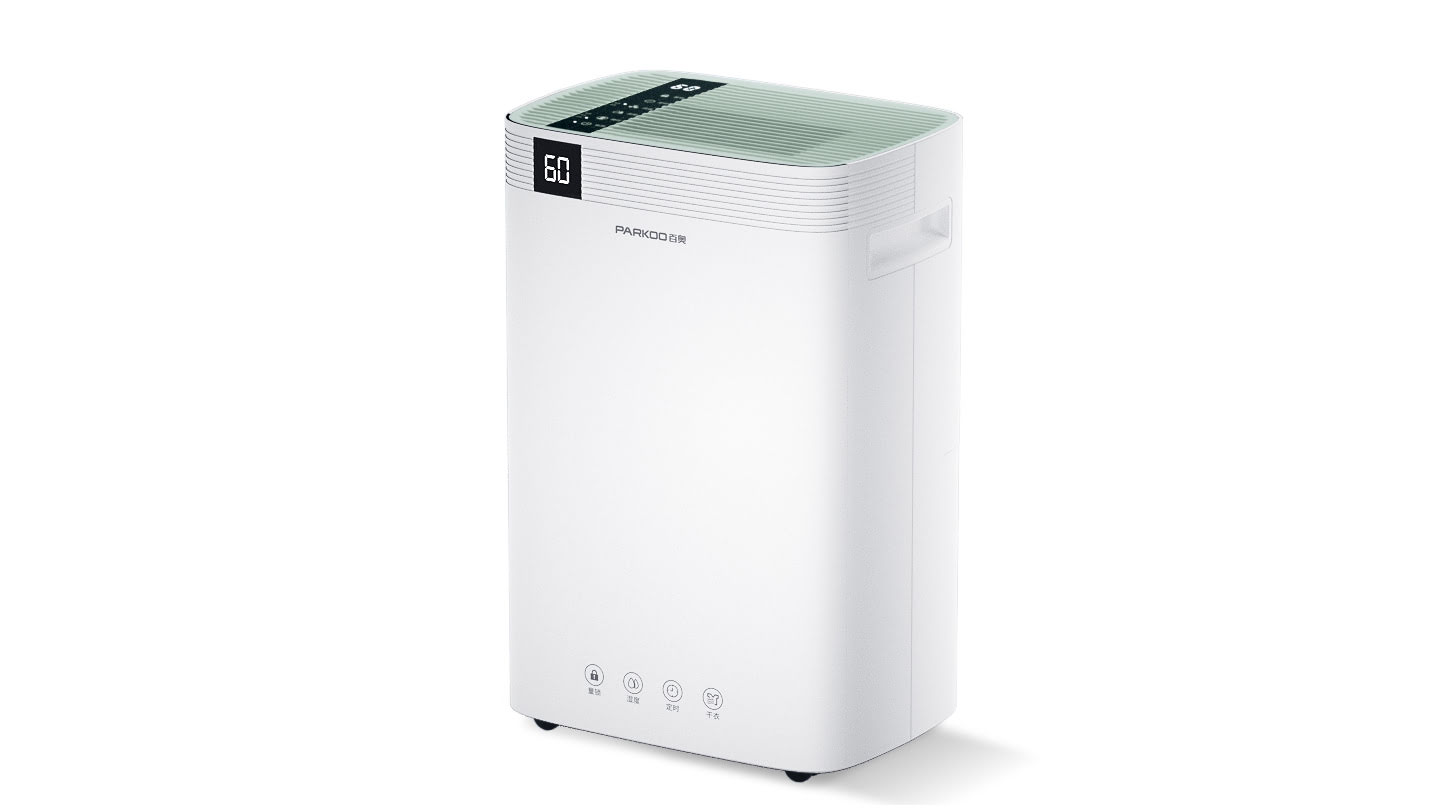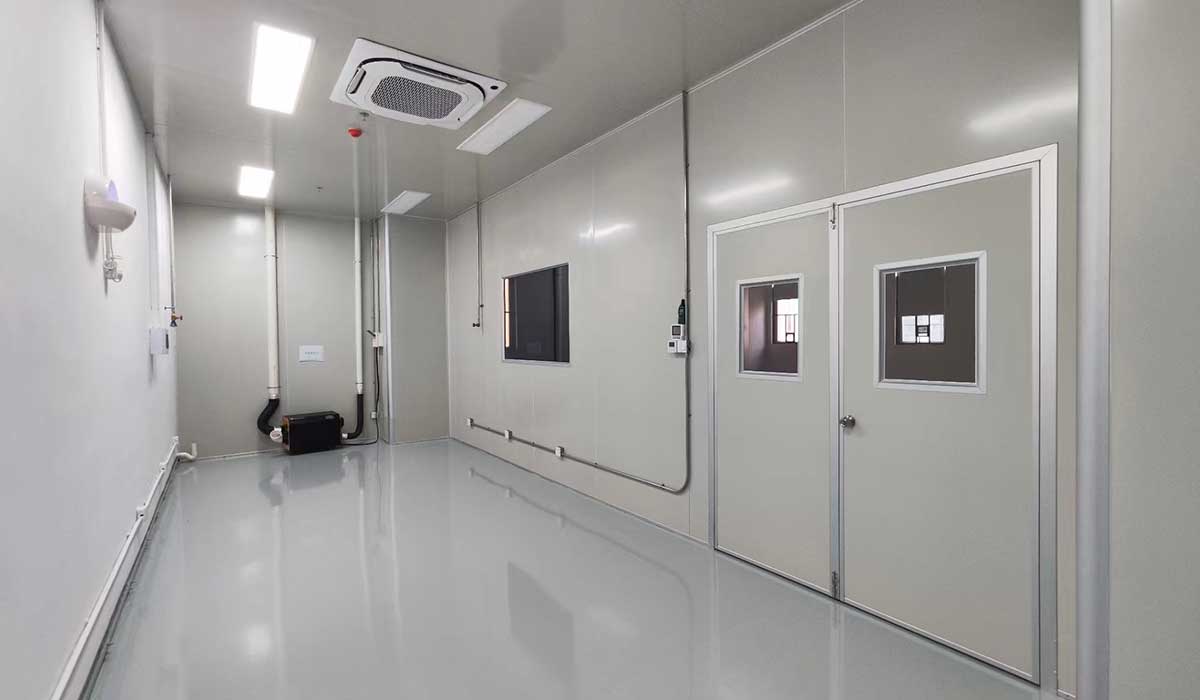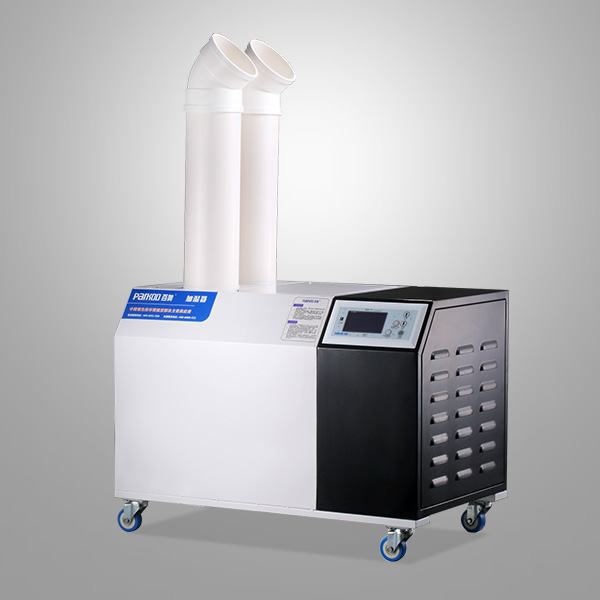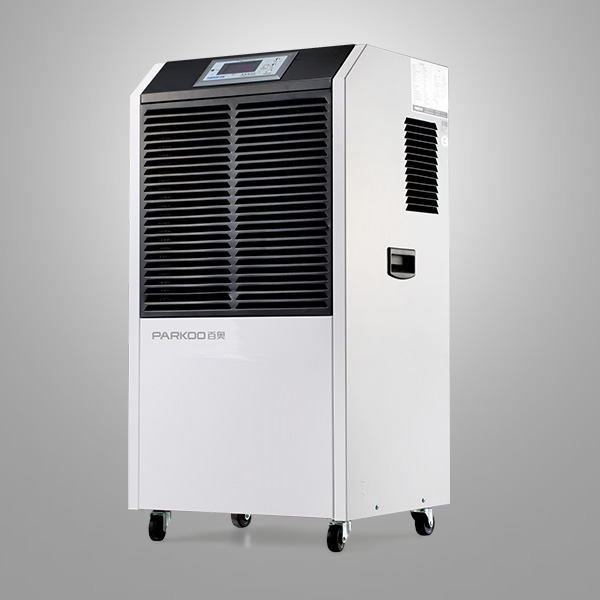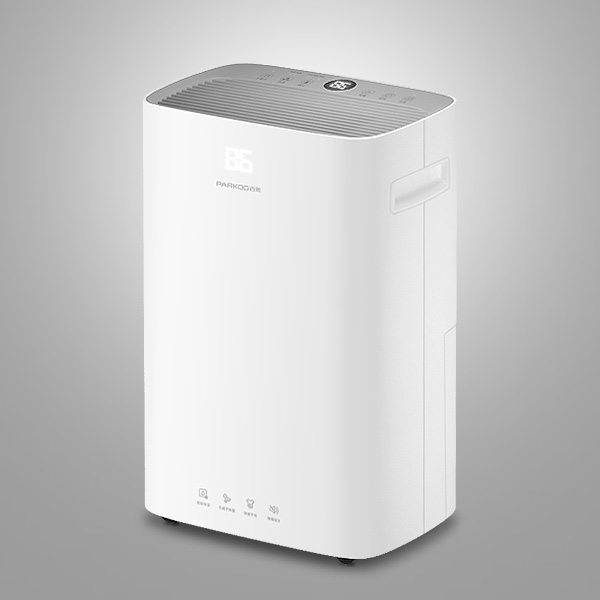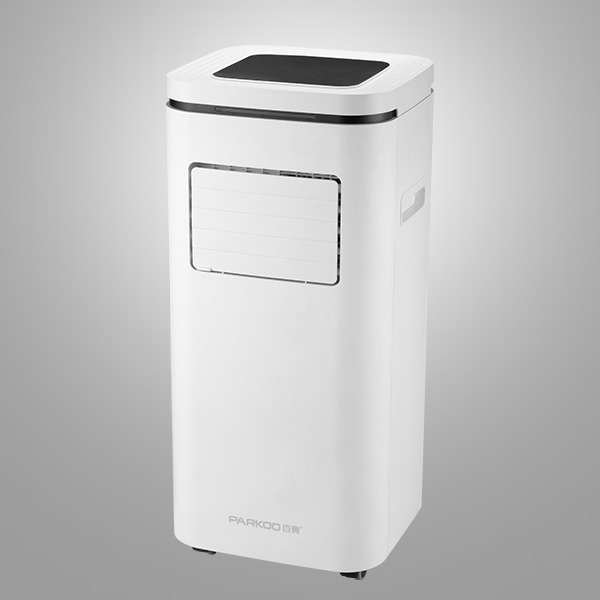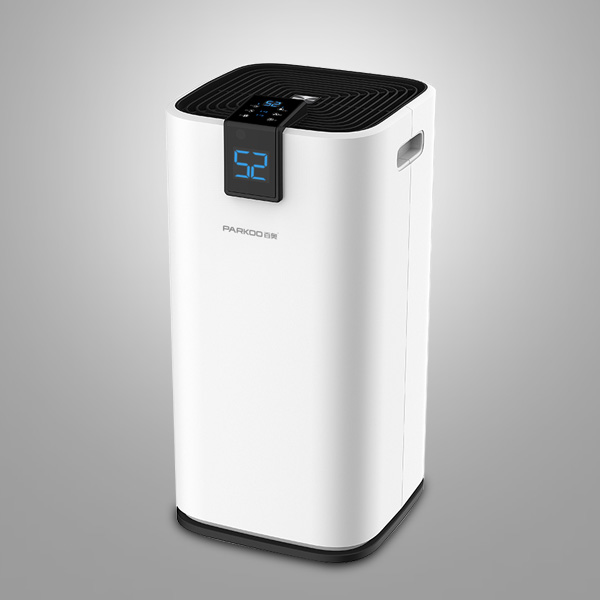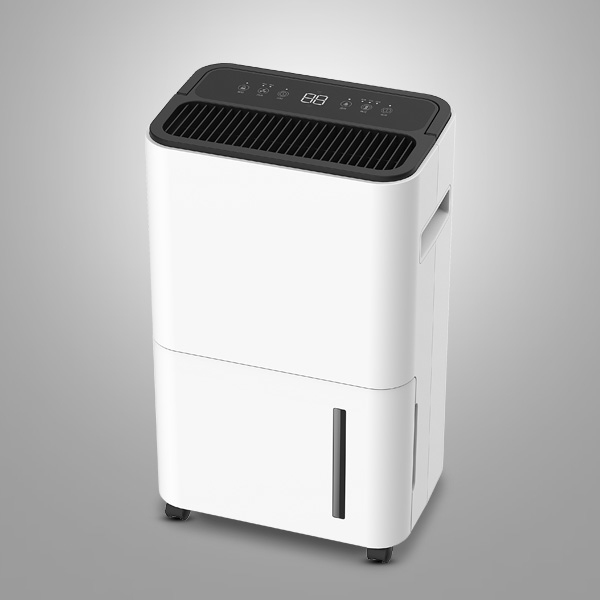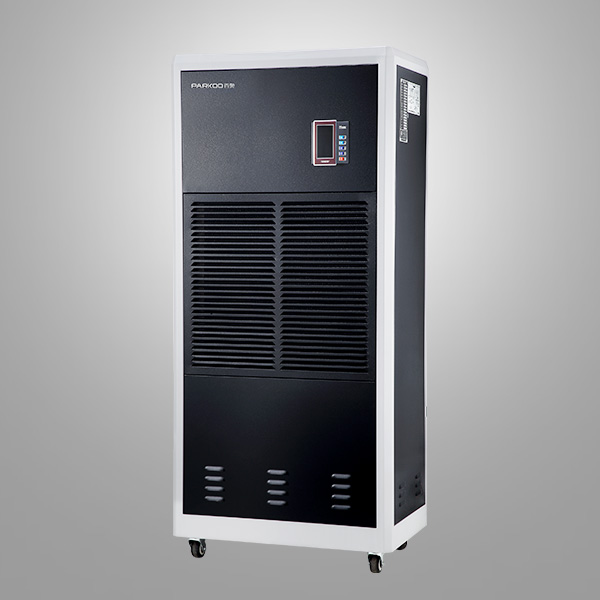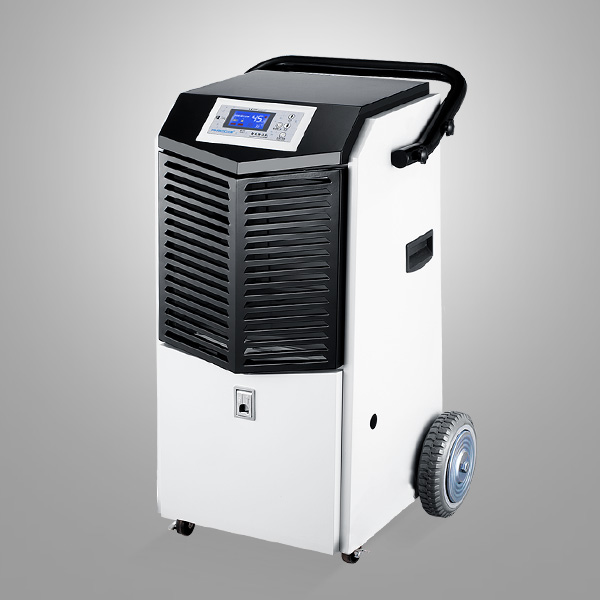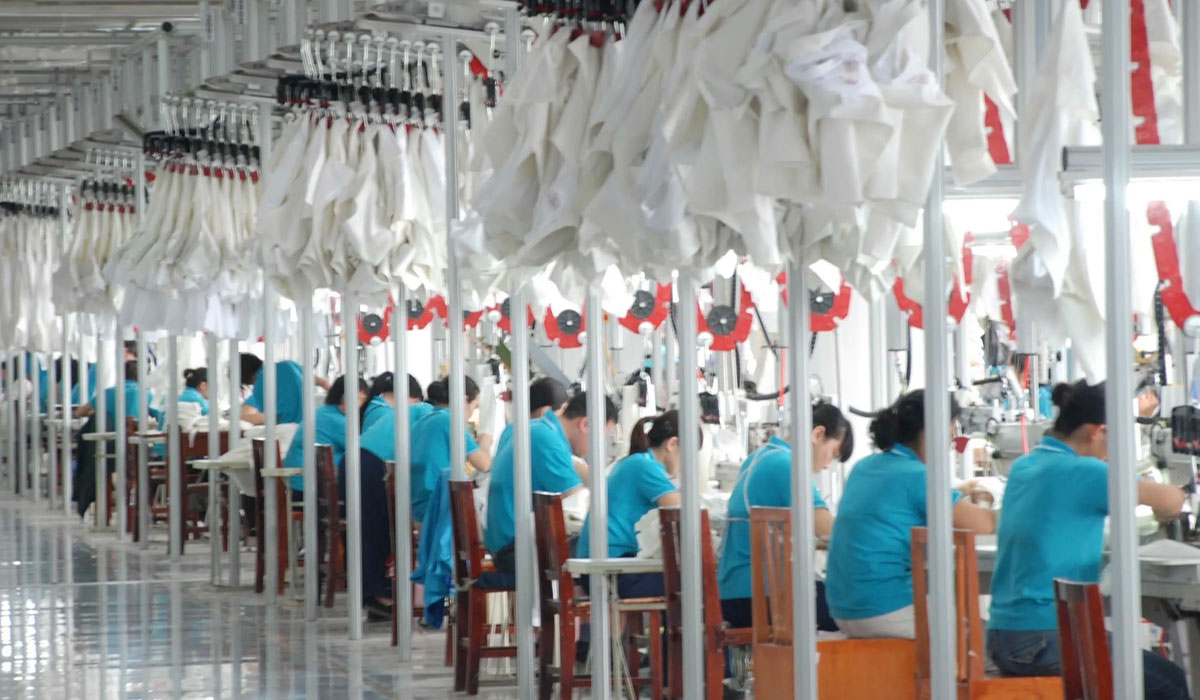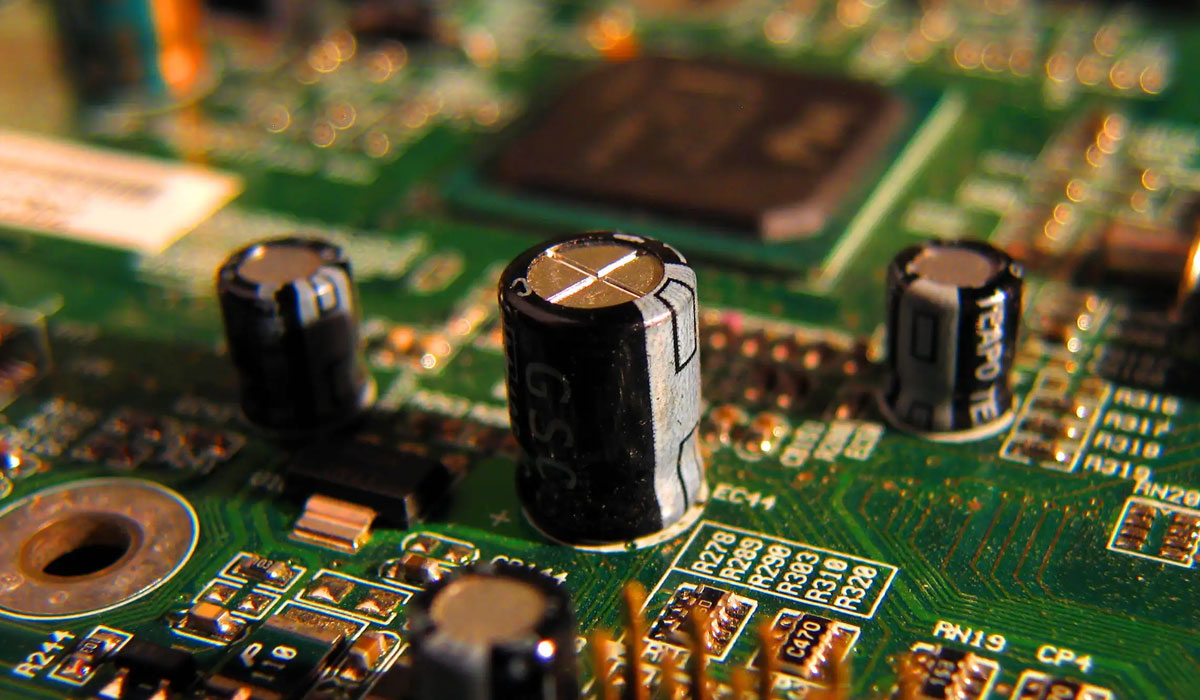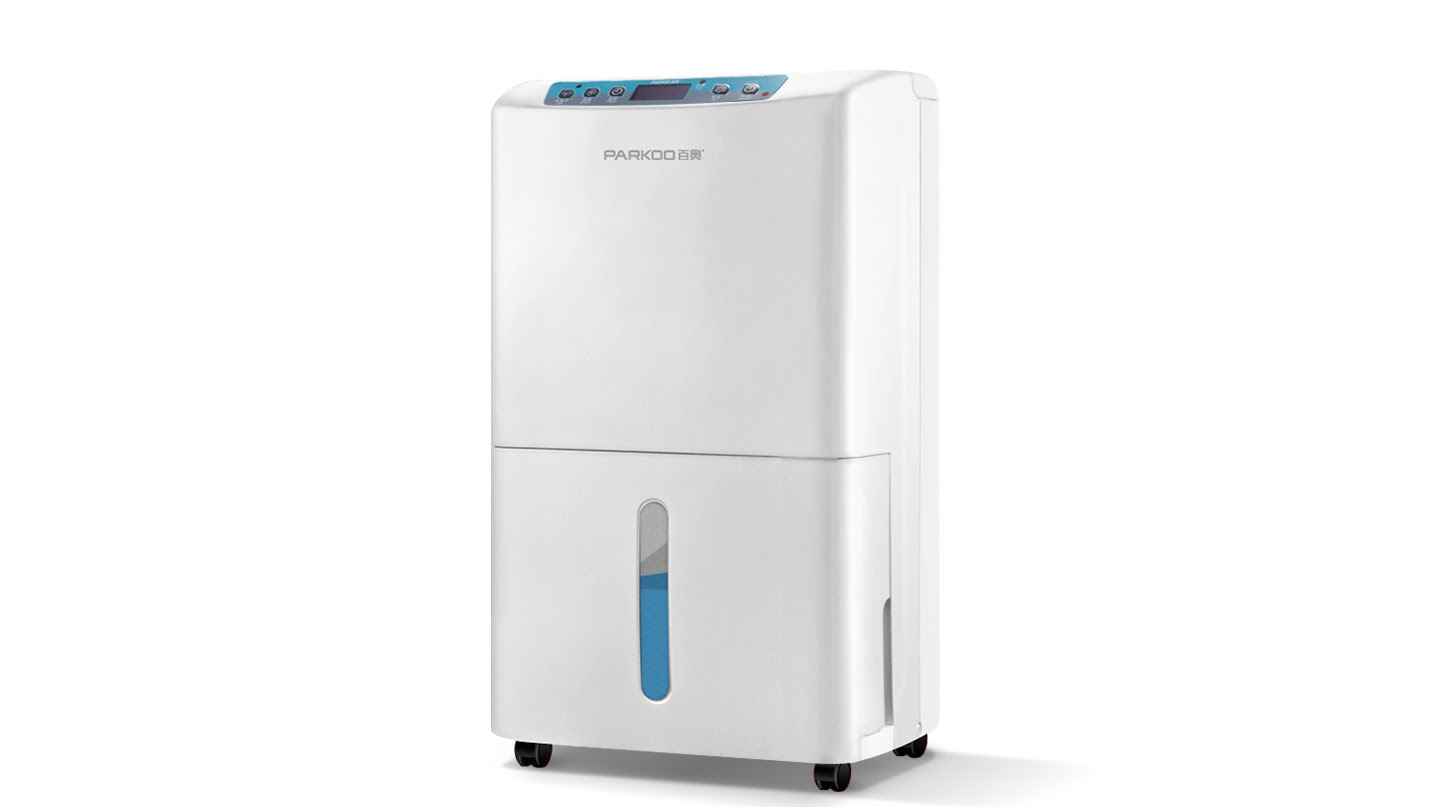Living in a humid environment can attract some unwelcome visitors - mites. Mites are very tiny animals, so pervasive that they cannot be detected by the naked eye alone, and are particularly fond of growing and reproducing in damp places. Mites have a very high reproductive capacity and the human body is not completely immune to them. The mites eat the skin cells that are shed on the human body. When the environment is humid, the skin absorbs moisture from the surrounding area, and the body sweats as it dissipates heat, making the human body a perfect habitat and breeding ground for mites. The most intuitive disease is inflammation of the skin. Infected mite skin will be particularly rough, easy to grow some small pimples, not only affect the human body's aesthetic appearance, but also will bring many diseases to the human body, may cause hives, atopic dermatitis and so on.
The body sheds dead skin cells and in the process, dust mites infiltrate the soft surfaces of bedding, pillows, sofas and carpets. Cotton items are damp and do not dry easily, which is even more conducive to the reproduction and survival of mites. Of course, one way to eliminate mites is also very simple, usually change bed sheets as well as wash and change clothes, but also more sunshine quilt sheets. When the mites leave their cozy environment after being exposed to the sun, their mortality rate rises. In fact, mites are afraid of dryness and light, so exposure to ultraviolet light will kill them. There is often no sunlight in winter, so we can also inhibit mite growth and reproduction by controlling the humidity in our homes. To control mites, humidity levels between 40 and 50 percent are ideal; in the 50 to 60 percent range, mites can be a significant annoyance; over 60 percent, and that should be very bad. Ideal home humidity levels are between 40 and 50 percent, especially for those who suffer from allergies, asthma or eczema. It's important to note that modern air conditioners usually remove some moisture, but that's not their primary task; relying on air conditioners to lower the relative humidity of a space is usually conducive to mold growth. Home dehumidifiers are designed to remove moisture and can play an important role in maintaining healthy humidity levels and a healthy home.
